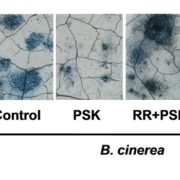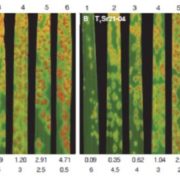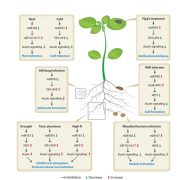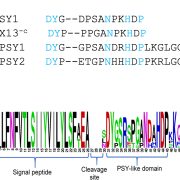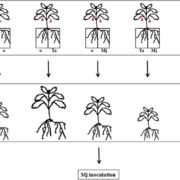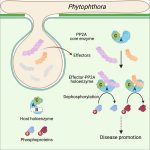Comparative phylotranscriptomics reveals ancestral and derived root nodule symbiosis programs
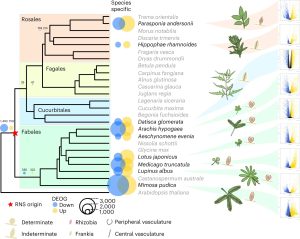 There are about ~17,500 plants species that can participate in nitrogen-fixing root nodule symbioses. The majority of these (~17,300) are in the order Fabales, which includes the legumes. The remainder fall into three orders (Rosales, Fagales, and Cucubitales), leading to the question of whether this ability in these outliers is derived from the same evolutionary event or is the result of convergent processes. A new study from Libourel and Keller et al. addresses this question, in part by obtaining the sequence of Mimosa pudica, part of the Mimosoid clade of legumes that did not have an available genomic sequence. The authors carried out thorough transcriptomic studies involving it and eight other nodulating species including three outside the Fabales. They identified several hundred orthogroups (sets of genes from multiple species descended from a single gene in the last common ancestor of that set of species) ancestrally upregulated during root nodule symbiosis. The main conclusion is that most of the steps involved in root nodule symbiosis were very likely present in the shared common ancestor, and that there have been very high rates of symbiosis loss from its descendants. There are many additional findings presented, such a discussion of the ancestral function of some of these genes, including among others lateral root development and arbuscular mycorrhizal symbiosis, and more recent evolutionary innovations that support the success or not of these symbioses. (Summary by Mary Williams @PlantTeaching) Nature Plants 10.1038/s41477-023-01441-w
There are about ~17,500 plants species that can participate in nitrogen-fixing root nodule symbioses. The majority of these (~17,300) are in the order Fabales, which includes the legumes. The remainder fall into three orders (Rosales, Fagales, and Cucubitales), leading to the question of whether this ability in these outliers is derived from the same evolutionary event or is the result of convergent processes. A new study from Libourel and Keller et al. addresses this question, in part by obtaining the sequence of Mimosa pudica, part of the Mimosoid clade of legumes that did not have an available genomic sequence. The authors carried out thorough transcriptomic studies involving it and eight other nodulating species including three outside the Fabales. They identified several hundred orthogroups (sets of genes from multiple species descended from a single gene in the last common ancestor of that set of species) ancestrally upregulated during root nodule symbiosis. The main conclusion is that most of the steps involved in root nodule symbiosis were very likely present in the shared common ancestor, and that there have been very high rates of symbiosis loss from its descendants. There are many additional findings presented, such a discussion of the ancestral function of some of these genes, including among others lateral root development and arbuscular mycorrhizal symbiosis, and more recent evolutionary innovations that support the success or not of these symbioses. (Summary by Mary Williams @PlantTeaching) Nature Plants 10.1038/s41477-023-01441-w


